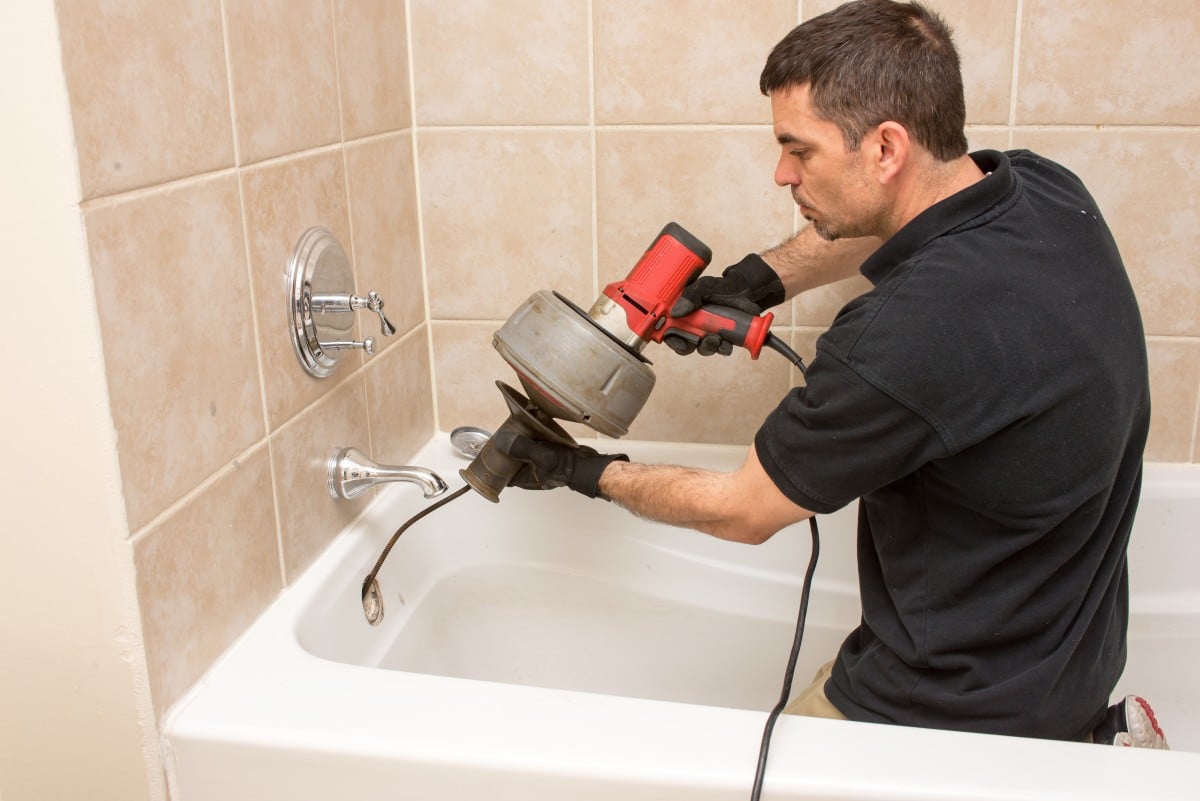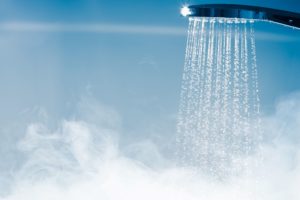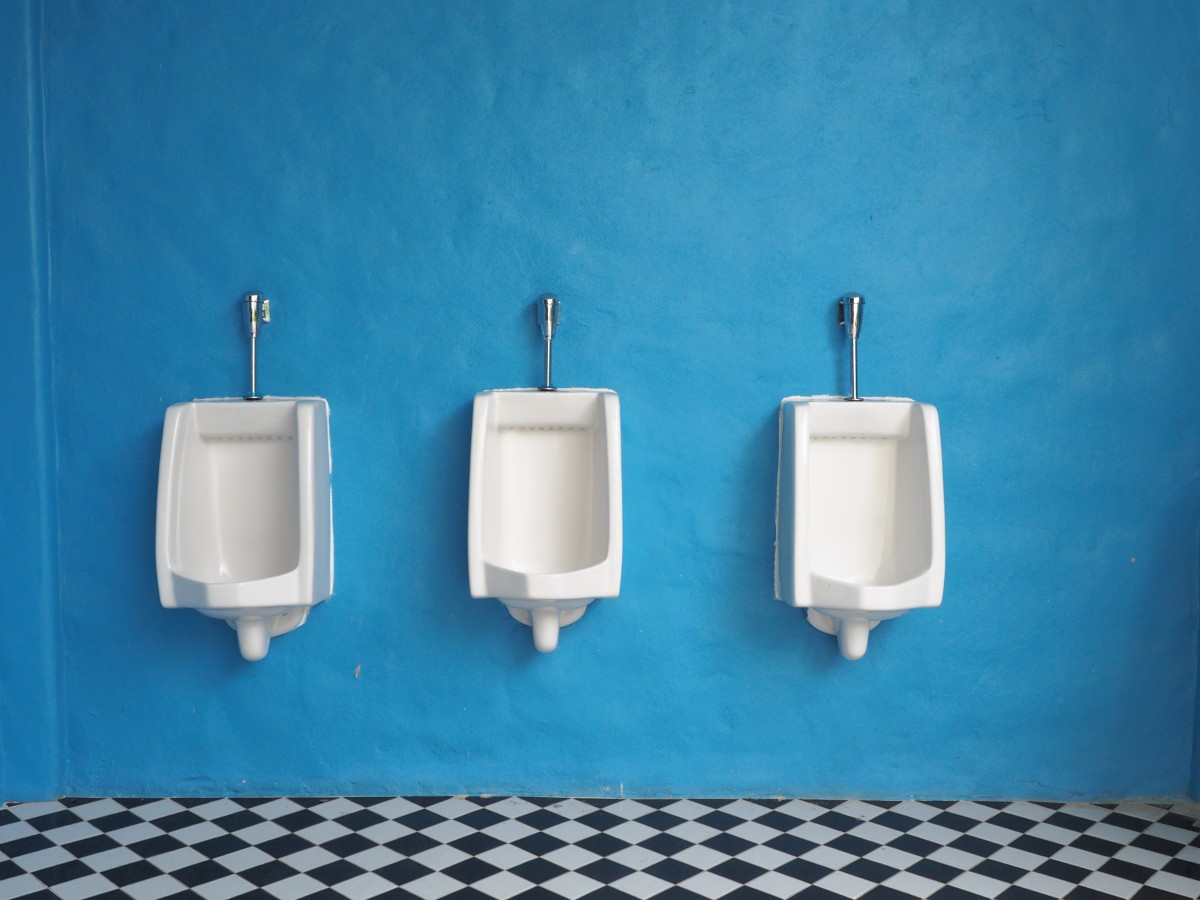Is an Electric or Gas Furnace Better for Your Home?
Take a wild guess at which type of furnace is better for heating a home in our area. Is it the powerful and highly-efficient natural gas-powered furnace that so many of your friends and neighbors are talking about? Or is it the increasingly affordable electric furnace that has you eyeing the substantially lower price tag? The real answer to this riddle is that they both could be great solutions depending on your specific situation.
In the world of HVAC, there really isn’t a “one-size-fits-all” type of solution. Sure, some systems work much better in most homes and can provide quality heating when you need it, but both electric and natural gas furnaces are great solutions in concept. Even when it comes to furnace repair in Verona, NJ, technicians will tell you that either system is simple and easy to repair, so which unit should you choose?
Keep reading to learn more.
The Major Differences Between Electric and Gas Furnaces
Before we get into the weeds on which furnace might be better for your situation, and which one you might have better luck with finding a technician to repair it, we need to talk about how they work.
- Gas furnaces work exactly how you think they would. Natural gas is injected into the ignition chamber where the igniter sets the gas on fire and absorbs the heat from that flame. This heat get exchanged from the dirty air where the combustion takes place, to the clean air of your home where it cycles through the rooms of your house and gives you comfort.
- Electric furnaces run via electrical resistance. This is very similar to the process of a space heater, except electric furnaces are much more energy efficient and they’re designed to heat an entire home. Electric coils produce heat which then gets absorbed by the air in your home and circulated throughout the rooms.
Gas Furnaces
Gas furnaces are powerful, effective, and efficient. They’re also the most common type of heating system found in the United States. This means that down the line, when you need furnace repairs, you’ll be able to find plenty of technicians who can provide quick and reliable fixes for your system.
The only two downsides to gas furnaces are that they’re a bit more expensive to install than electric ones (in most cases), and they require access to your municipality’s natural gas line.
Electric Furnaces
Electric furnaces are a great alternative for homes that might not have access to natural gas. They’re powerful enough to heat an entire home, and they also run efficiently when compared to older models. Also, most HVAC technicians know how to repair these kinds of systems as well, since electrical resistance is a fairly simple way of heating a home.
While electric furnaces are extremely affordable and work in any home with electricity, they can sometimes cost more to run than gas furnaces based on current fuel prices.
You’ll Need Professional Support for Each System
Don’t forget that no matter what system you choose to invest in, you’re going to need professional repairs for them when something goes wrong. Our team can help.
Contact MarGo Plumbing Heating Cooling Inc. for help with your furnace system.
The post Is an Electric or Gas Furnace Better for Your Home? first appeared on MarGo Plumbing Heating Cooling Inc..
This post first appeared on https://margoplumbing.com

 You’ve just purchased a new high-pressure rainfall showerhead. Now, the only thing that stands between you and relaxation is the old, calcified showerhead you want to replace — and it won’t budge! Don’t worry. Our expert team at Len The Plumber has put together this guide so that you can remove and replace your stuck showerhead like a pro. You’ll be relaxing in no time.
You’ve just purchased a new high-pressure rainfall showerhead. Now, the only thing that stands between you and relaxation is the old, calcified showerhead you want to replace — and it won’t budge! Don’t worry. Our expert team at Len The Plumber has put together this guide so that you can remove and replace your stuck showerhead like a pro. You’ll be relaxing in no time.
 When temperatures outside dip, there’s nothing better than a hot shower to take off the winter chill. However, there are important reasons why you should lower the temperature on your home’s
When temperatures outside dip, there’s nothing better than a hot shower to take off the winter chill. However, there are important reasons why you should lower the temperature on your home’s  If we had to guess, we would say that it’s unlikely you think about your plumbing drains too often. That’s okay! Most folks don’t think about them at all—that is, until they have a stubborn clog or a smelly sink.
If we had to guess, we would say that it’s unlikely you think about your plumbing drains too often. That’s okay! Most folks don’t think about them at all—that is, until they have a stubborn clog or a smelly sink.
 Finding a fast, easy way to clean your garbage disposal might seem like a dream come true, but viral video hacks claiming to leave your system cleaner can end up doing more harm than good. Before you head to TikTok for a crash course in cleaning your garbage disposal, you might want to read up on why plumbing professionals advise against using these methods and what you can do instead to get your system squeaky clean!
Finding a fast, easy way to clean your garbage disposal might seem like a dream come true, but viral video hacks claiming to leave your system cleaner can end up doing more harm than good. Before you head to TikTok for a crash course in cleaning your garbage disposal, you might want to read up on why plumbing professionals advise against using these methods and what you can do instead to get your system squeaky clean! Scheduling water heater maintenance for your system might not be at the top of your to-do list, but there are many reasons why it should be. Professional water heater maintenance provides homeowners with numerous system benefits that they wouldn’t experience otherwise. Read on to discover the benefits you’re missing out on if you don’t
Scheduling water heater maintenance for your system might not be at the top of your to-do list, but there are many reasons why it should be. Professional water heater maintenance provides homeowners with numerous system benefits that they wouldn’t experience otherwise. Read on to discover the benefits you’re missing out on if you don’t